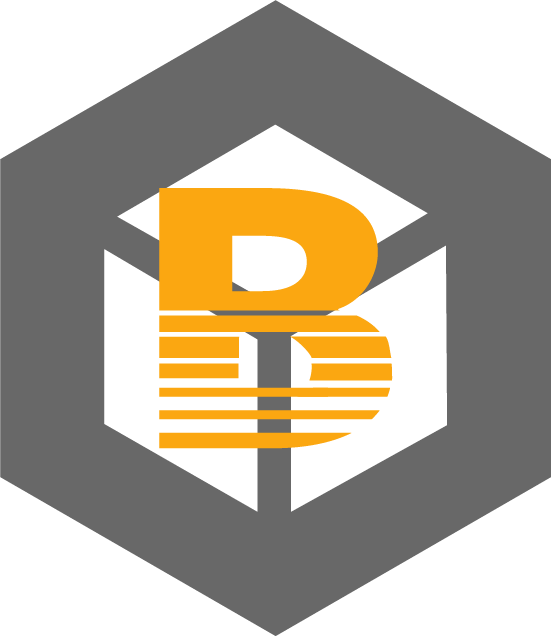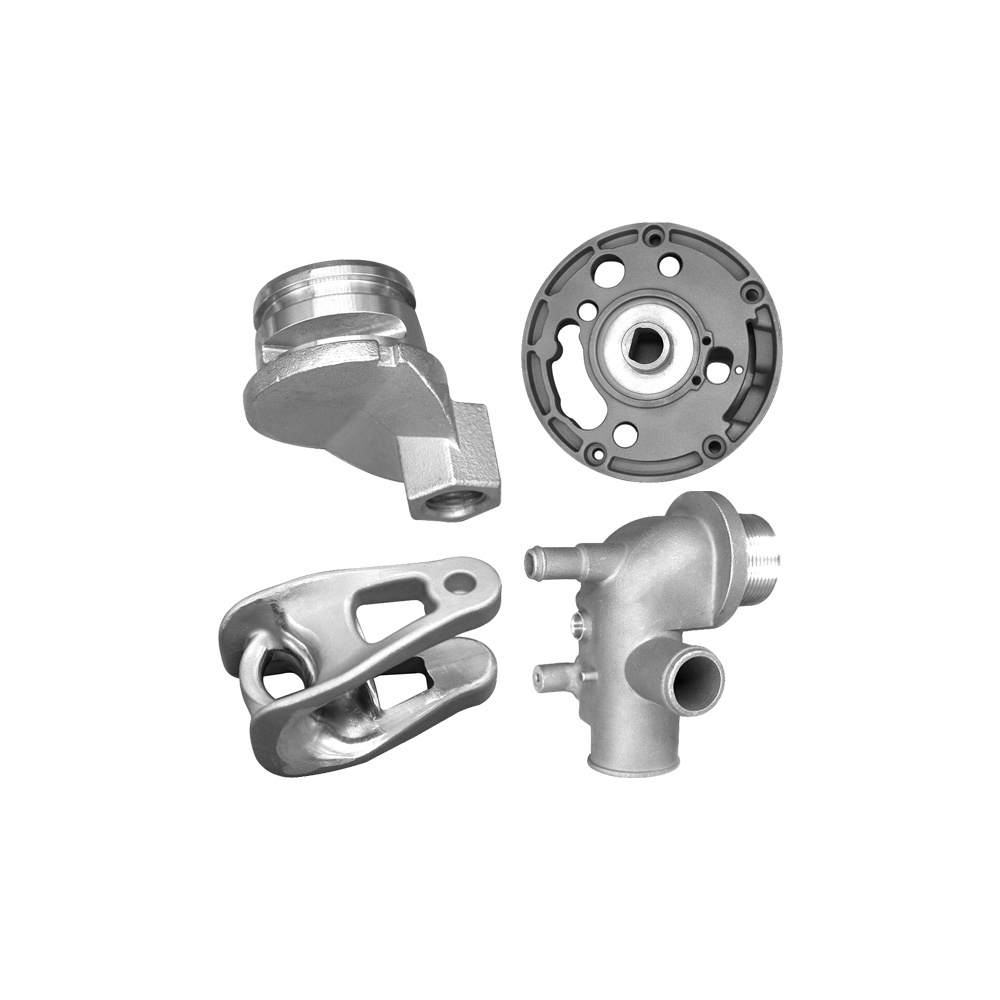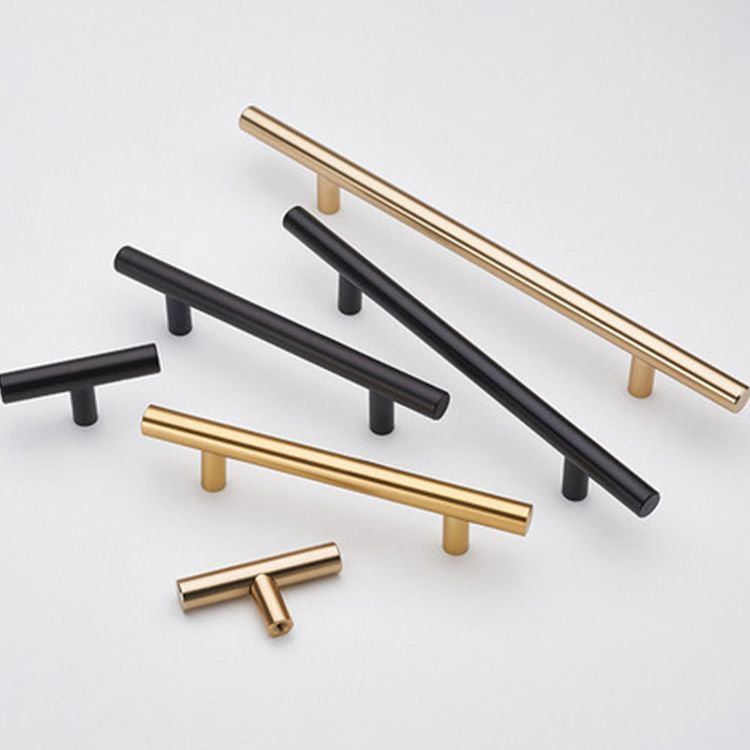 Esperanto
Esperanto
 Shqiptare
Shqiptare
 Euskara
Euskara
 Zulu
Zulu
 Latinus
Latinus
 Cymraeg
Cymraeg
 தமிழ்
தமிழ்
 Slovak
Slovak
 Slovak
Slovak
 Afrikaans
Afrikaans
Mastering the Craft: Sheet Metal Fabrication Best Practices for Precision Engineering
Release time:
2025-07-03
Source:
Mastering the Craft: Sheet Metal Fabrication Best Practices
Table of Contents
- 1. Introduction to Sheet Metal Fabrication
- 2. Importance of Best Practices in Sheet Metal Fabrication
- 3. Selecting the Right Materials for Sheet Metal Fabrication
- 4. Design Considerations for Efficient Fabrication
- 5. Essential Tools and Equipment for Sheet Metal Fabrication
- 6. Key Fabrication Techniques and Methods
- 7. Quality Control and Assurance in Fabrication
- 8. Safety Best Practices in Sheet Metal Fabrication
- 9. Conclusion
- 10. FAQs About Sheet Metal Fabrication
1. Introduction to Sheet Metal Fabrication
Sheet metal fabrication is an essential process in the manufacturing industry, forming the backbone of various applications ranging from automotive to aerospace and consumer goods. This intricate craft involves transforming flat sheets of metal into complex shapes, utilizing a combination of cutting, bending, and assembling techniques. Mastering this skill not only enhances production efficiency but also significantly improves the quality of the final product.
In this guide, we will explore **best practices** in **sheet metal fabrication**, focusing on methods and procedures that ensure precision, durability, and cost-effectiveness. Whether you are a seasoned professional or a newcomer to this field, understanding these practices is crucial for success.
2. Importance of Best Practices in Sheet Metal Fabrication
Implementing best practices in sheet metal fabrication is vital for several reasons:
Cost Efficiency
By optimizing processes, companies can minimize waste and reduce production costs. Understanding the most efficient ways to cut and shape metal can lead to significant savings in both materials and labor.
Enhanced Quality
Adhering to best practices results in better quality assurance, which translates to fewer defects and higher customer satisfaction. Precision in fabrication ensures that parts fit together seamlessly, leading to more reliable products.
Competitive Advantage
In a market filled with competition, businesses that adopt advanced fabrication techniques and best practices can differentiate themselves, offering superior products and services.
Safety and Compliance
Following established best practices not only enhances the quality of the work but ensures compliance with industry regulations, promoting a safer workplace.
3. Selecting the Right Materials for Sheet Metal Fabrication
Choosing the appropriate materials is fundamental to the success of any fabrication project. Various factors such as application, environment, and budget influence material selection.
Common Materials Used in Sheet Metal Fabrication
- **Mild Steel**: Versatile and cost-effective, mild steel is often used for general fabrication.
- **Stainless Steel**: Known for its corrosion resistance and strength, stainless steel is ideal for applications in harsh environments.
- **Aluminum**: Lightweight and malleable, aluminum is perfect for projects where weight is a concern.
- **Copper**: Excellent for electrical applications due to its conductivity, copper is also aesthetically pleasing, making it suitable for decorative items.
Material Thickness and Weight Considerations
The thickness of the material affects the techniques used for cutting and shaping. Thicker materials typically require more robust equipment and may limit certain fabrication methods. It is crucial to assess the weight of the materials for transport and handling during the fabrication process.
4. Design Considerations for Efficient Fabrication
Effective design is a critical aspect of sheet metal fabrication. Proper planning can lead to smoother production processes and improved final products.
Design for Manufacturability (DFM)
When designing parts, consider how easily they can be fabricated. Simplifying designs can reduce the complexity of the manufacturing process, leading to shorter lead times.
Utilizing CAD Software
Employing Computer-Aided Design (CAD) software streamlines the design process, allowing for more precise measurements and easier modifications. CAD tools facilitate better communication between design and fabrication teams, ensuring alignment throughout the project.
Reducing Material Waste
Designing parts to nest efficiently on the sheet metal reduces waste. Consideration of the metal's layout can significantly lower material costs and environmental impact.
5. Essential Tools and Equipment for Sheet Metal Fabrication
Having the right tools and equipment is paramount for achieving high-quality results in sheet metal fabrication. Below are critical tools and equipment commonly used in the industry.
Cutting Tools
- **Laser Cutters**: Offer precision cutting for intricate designs.
- **Plasma Cutters**: Ideal for cutting thick materials quickly.
- **Shears**: Used for straight cuts in thin metal sheets.
Bending Equipment
- **Press Brakes**: Allow for precise bending of metal sheets.
- **Roll Formers**: Used for creating curves and specific shapes.
Assembly Tools
- **Spot Welders**: Commonly used for joining metal pieces quickly.
- **Riveting Machines**: Ideal for providing strong, permanent connections.
6. Key Fabrication Techniques and Methods
Understanding various techniques in sheet metal fabrication is essential for achieving the desired quality and precision.
Cutting Techniques
- **Shearing**: A process that involves cutting metal sheets without forming chips.
- **Laser Cutting**: Utilizes a focused laser beam to melt or vaporize material.
- **Water Jet Cutting**: Employs high-pressure water jets for cutting a variety of materials.
Bending Methods
- **Air Bending**: Involves forcing the metal sheet into a die using a punch.
- **Bottom Bending**: A method where the metal is bent to a specific angle using the bottom die.
Joining Techniques
- **Welding**: A process of melting two pieces of metal together.
- **Riveting**: Involves fastening metal parts using rivets.
- **Adhesive Bonding**: Uses specialized adhesives to bond metal components.
7. Quality Control and Assurance in Fabrication
Quality control is crucial in ensuring that fabricated parts meet specified standards and function correctly.
Inspections and Testing
Regular inspections during the fabrication process help identify defects early on. Common methods include:
- **Visual Inspections**: Checking for visible defects.
- **Dimensional Checks**: Verifying that parts conform to specified measurements.
Certifications and Standards
Adhering to industry standards and certifications is essential for quality assurance. Organizations such as ISO and ASME provide guidelines that ensure products meet safety and quality requirements.
8. Safety Best Practices in Sheet Metal Fabrication
Safety should always be a top priority in any fabrication environment. Implementing robust safety practices can prevent accidents and injuries.
Personal Protective Equipment (PPE)
Ensure all personnel wear appropriate PPE, including:
- Safety glasses
- Gloves
- Steel-toed boots
- Respirators (if applicable)
Proper Training
Conduct regular training sessions to ensure all employees understand safety protocols and the proper use of equipment.
Workplace Organization
Maintaining a clean and organized workspace minimizes hazards and improves overall efficiency. Ensure tools and materials are stored properly to prevent accidents.
9. Conclusion
Mastering the craft of sheet metal fabrication requires a comprehensive understanding of best practices, from material selection to design considerations and safety measures. By implementing these guidelines, companies can enhance their production efficiency, improve the quality of their products, and maintain a safe working environment. As the industry continues to evolve, staying updated with the latest techniques and technologies will ensure that you remain at the forefront of sheet metal fabrication.
10. FAQs About Sheet Metal Fabrication
What is sheet metal fabrication?
Sheet metal fabrication is the process of cutting, bending, and assembling sheet metal into finished products. It is widely used in various industries, including automotive, aerospace, and construction.
What materials are commonly used in sheet metal fabrication?
Common materials include mild steel, stainless steel, aluminum, and copper, each chosen based on the specific requirements of the project.
How do I choose the right fabrication technique?
Selecting the appropriate technique depends on factors such as material type, thickness, desired precision, and the complexity of the part being fabricated.
What safety measures should be implemented in a fabrication shop?
Safety measures include providing appropriate personal protective equipment, conducting regular safety training, and maintaining a clean and organized workspace.
How can I reduce waste in sheet metal fabrication?
Designing parts to optimize material usage and implementing efficient cutting layouts can significantly reduce waste in the fabrication process. Regularly reviewing processes for improvements can also help minimize excess material.
Sheet Metal Fabrication
Related News
2025-12-14 12:00
Understanding CNC Turning and Milling Parts: A Comprehensive Guide for Precision Manufacturing
CNC (Computer Numerical Control) turning and milling are essential processes in the realm of precision manufacturing. These techniques are widely employed in the machining industry for producing intricate components that meet strict tolerances and specifications. Understanding the fundamentals of CNC turning and milling parts can enhance your knowledge of how these processes contribute to quality
2025-12-09 12:10
A Comprehensive Guide to Household Appliances Maintenance: Keep Your Home Running Smoothly
A Comprehensive Guide to Household Appliances Maintenance Household appliances are the backbone of modern living, providing convenience and efficiency in our daily routines. However, just like any other mechanical devices, they require regular maintenance to function optimally. In this guide, we will explore various household appliances, their maintenance needs, and practical tips to extend their
Let’s Talk
We can help you figure out your needs.




